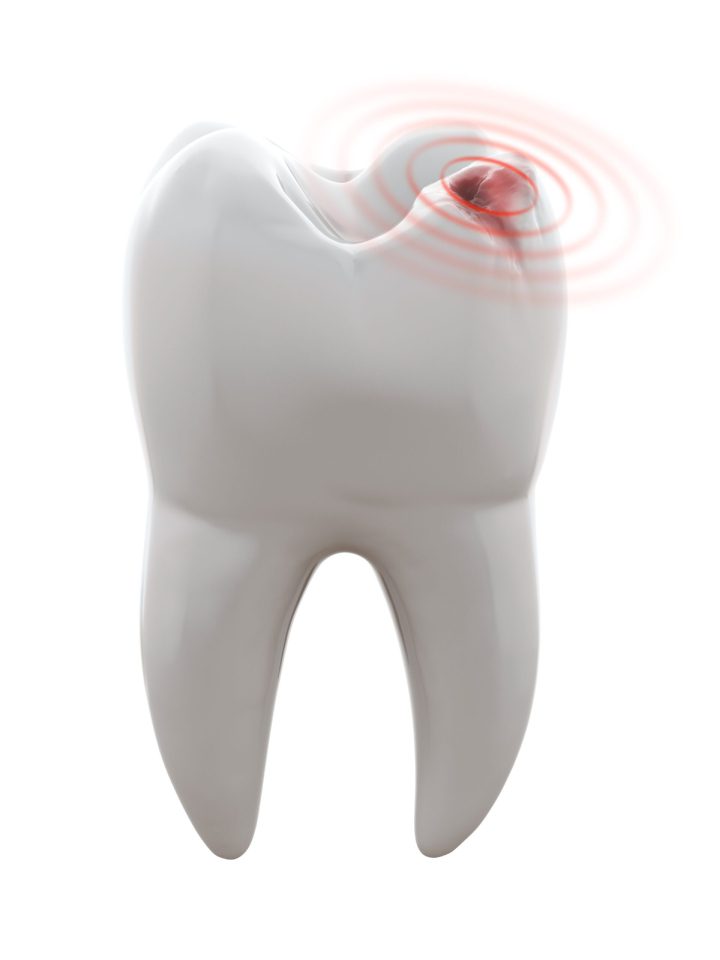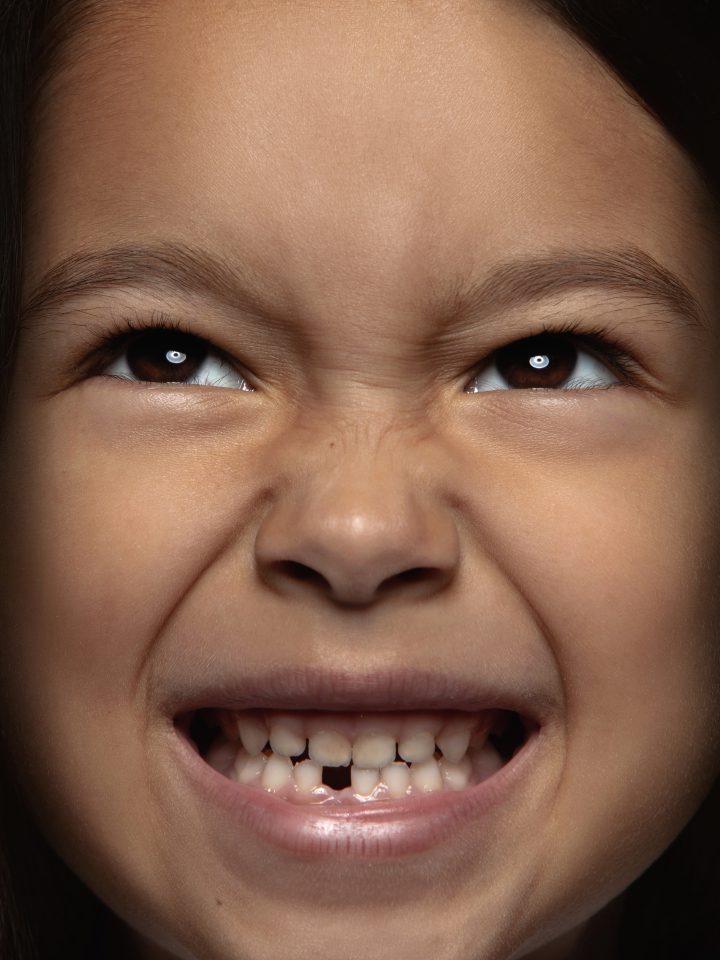
Emergency Management
Management of Traumatic Injuries
Face is one of the salient features of one’s identity. It plays a major role in self-realization and to maintain healthy interpersonal relationships. Any disfigurement of the dentofacial complex makes the individual less acceptable to the society.
The commonest cause for a facial injury is dental trauma, which is usually a sudden, circumstantial, unexpected and accidental that often requires emergency attention.
Dental injury may result in varying degrees of disability and depending on the cause, severity and circumstances may result in serious physical, psychological, educational, social and economic consequences for the affected individuals and their families.
Individuals with fractured teeth are significantly more prone to have problems with speaking and chewing food smiling and laughing which leads to great embarrassment.
The primary objective of the dentist in a traumatized tooth is to retain the vitality and restore the form and function of the tooth. Providing appropriate first aid management following a traumatic injury helps not only in deciding the treatment plan but also helps in the prognosis and life of the tooth.
Injuries to children’s teeth can be very distressing for children as well as their parents. Dental trauma may occur as a result of a sports mishap, an altercation, a fall inside of the home, or other causes.
Prompt treatment is essential for the long-term health of an injured tooth. Obtaining dental care within 30 minutes can make a difference in the treatment and prognosis of the tooth. The upper front teeth are more prone for trauma and commonly seen in boys than girls at age between 8 to 11 years due to more extra circular activities.
First Aid Management
In case of displacement injuries where the permanent tooth is within the alveolar socket, but displaced in a different direction, the individual is advised to :-
- Rinse the area with water, reposition the tooth with digital finger pressure (if possible).
- Bite with a piece of wet gauze or towel.
- Report to the dentist immediately.
In case of displacement injury where the permanent tooth is completely out of the socket, it is advised to :-
- Store the natural tooth in a suitable medium (cold milk, tender coconut water, below the tongue of the individual, saline and tap water as the last resort).
- Do not and never wrap up the tooth in a dry medium.
- Report to the dentist immediately.
In case of fracture or displacement to a primary (milk) tooth, do not make efforts to reposition the tooth in its socket as it would cause damage to the permanent tooth bud embedded in the bone.

